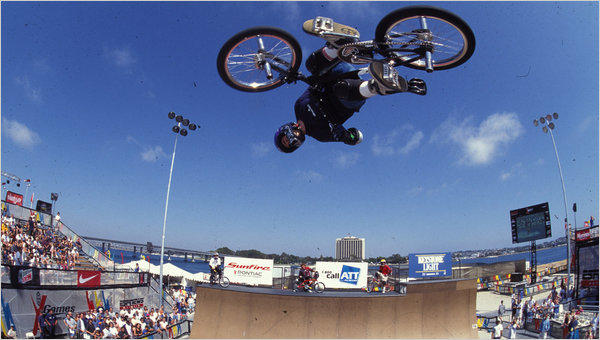
So, you’re after a short history of BMX? Well you’ve come to the right place. And the first thing you need to know is that when we’re talking about BMX bikes, the BMX stands for ‘Bicycle Motocross’. So that’s that Sorted.
Of course, endeavouring to give a short history of BMX is a rather bold undertaking. The sport has so many disciplines, so many off-shoots, so many key figures and key events that have lead it to be where it is today.
But we’re guessing that if you’re here, what you’re after is the framework and origin story behind the sport you love.
So, we’ve lined up exactly that; partly because it gives you all the info you need about the birth of BMX in one easily digestible article, and partly because ‘a long history of BMX’ probably would’ve ended up surpassing the Bible on word count.






